Home>Furniture & Design>Interior Design Trends>How To Clean Tempered Glass


Interior Design Trends
How To Clean Tempered Glass
Modified: October 20, 2024
Learn the best techniques for cleaning tempered glass and keeping it sparkling in line with the latest interior design trends. Discover expert tips and tricks for maintaining your glass surfaces.
(Many of the links in this article redirect to a specific reviewed product. Your purchase of these products through affiliate links helps to generate commission for Storables.com, at no extra cost. Learn more)
Introduction
Tempered glass is a popular choice for modern interior design, known for its durability, safety, and sleek appearance. Whether it's used for shower doors, tabletops, or decorative panels, maintaining the pristine look of tempered glass is essential for preserving the aesthetic appeal of any space. Regular cleaning not only keeps the glass looking crystal clear but also ensures that it remains free from smudges, water spots, and other blemishes that can detract from its beauty.
Cleaning tempered glass may seem like a daunting task, but with the right techniques and materials, it can be a straightforward and rewarding process. By following the proper cleaning methods, you can effectively remove dirt and grime without damaging the glass surface. This article will guide you through the step-by-step process of cleaning tempered glass, providing valuable insights and tips to help you achieve sparkling results.
Understanding the unique properties of tempered glass is crucial for maintaining its pristine condition. Unlike regular glass, tempered glass undergoes a specialized heat treatment process that enhances its strength and resilience. This makes it more resistant to breakage and thermal stress, making it a popular choice for various applications in residential and commercial settings. However, despite its robust nature, tempered glass requires gentle care to prevent scratches and maintain its clarity.
By equipping yourself with the right tools and cleaning solutions, you can effectively remove dirt, fingerprints, and other impurities from tempered glass surfaces. Additionally, understanding the proper cleaning techniques will help you avoid common pitfalls and ensure that your efforts yield a spotless and streak-free finish. With a bit of knowledge and the willingness to invest time and care, you can easily keep your tempered glass looking flawless for years to come.
In the following sections, we will delve into the specific tools and materials needed for cleaning tempered glass, as well as the step-by-step cleaning process that will leave your glass surfaces gleaming. Additionally, we will provide valuable tips for maintaining tempered glass, allowing you to preserve its pristine appearance and enjoy the beauty it brings to your living or working space. Let's embark on this journey to discover the art of cleaning and maintaining tempered glass with confidence and expertise.
Key Takeaways:
- Cleaning tempered glass is a delicate art that requires gentle care and the right tools. By using a soft microfiber cloth and a mild cleaning solution, you can effectively remove dirt and maintain its pristine appearance without causing damage.
- To keep tempered glass looking flawless, it’s important to prepare the area, use a gentle cleaning solution, and rinse and dry the glass thoroughly. Proactive measures like avoiding abrasive cleaners and using protective accessories can also help preserve its beauty for years to come.
Read more: How To Clean A Tempered Glass Dining Table
Understanding Tempered Glass
Tempered glass, also known as toughened glass, is a type of safety glass that has been treated with a specialized heating and rapid cooling process to enhance its strength and durability. This unique manufacturing technique results in a glass product that is significantly stronger than standard annealed glass. Tempered glass is widely used in various architectural and interior design applications due to its exceptional safety features and resistance to breakage.
One of the key characteristics of tempered glass is its enhanced strength. When compared to regular glass, tempered glass is up to four times stronger, making it highly resistant to impact and bending forces. This increased strength is attributed to the internal stress patterns created during the tempering process, which give the glass its remarkable toughness. As a result, tempered glass is less likely to shatter into sharp, jagged pieces when broken, reducing the risk of injury in the event of breakage.
In addition to its strength, tempered glass exhibits excellent thermal resistance. The rapid cooling process used during tempering induces high surface compression and edge strength, enabling the glass to withstand sudden temperature differentials without cracking or breaking. This thermal resilience makes tempered glass an ideal choice for applications where exposure to heat variations is common, such as glass tabletops, oven doors, and fireplace screens.
Furthermore, tempered glass is designed to prioritize safety. In the event of breakage, tempered glass fractures into small, relatively harmless granular pieces instead of sharp shards. This unique fracture pattern minimizes the risk of serious injury, making tempered glass a preferred option for environments where safety is paramount, such as shower enclosures, glass partitions, and public building facades.
The versatility of tempered glass extends to its aesthetic appeal. Its smooth, polished surface and optical clarity make it an attractive choice for modern interior design, allowing natural light to flow through spaces while adding a touch of sophistication. Whether used for frameless glass doors, shelving, or decorative panels, tempered glass enhances the visual appeal of any environment, creating an open and contemporary ambiance.
In summary, tempered glass stands out as a resilient, safe, and visually appealing material that has become synonymous with contemporary interior design. Its exceptional strength, thermal resistance, safety features, and aesthetic versatility make it a popular choice for a wide range of applications, from residential homes to commercial buildings. Understanding the unique properties of tempered glass is essential for appreciating its value and knowing how to properly care for and maintain its pristine appearance.
Tools and Materials Needed
When it comes to cleaning tempered glass effectively, having the right tools and materials at your disposal is essential for achieving optimal results. By equipping yourself with the following items, you can ensure that the cleaning process is efficient, thorough, and gentle on the glass surface.
Soft Microfiber Cloth:
A soft microfiber cloth is a fundamental tool for cleaning tempered glass. Its gentle, non-abrasive texture helps to lift dirt, dust, and smudges without leaving behind lint or scratches. Opt for a high-quality microfiber cloth to ensure a smooth and streak-free cleaning experience.
Mild Dish Soap or Glass Cleaner:
Using a mild dish soap or a specialized glass cleaner is crucial for breaking down grease, fingerprints, and other residues on the glass surface. Look for a gentle, ammonia-free formula to avoid leaving streaks or damaging the glass. Alternatively, you can create a homemade cleaning solution by diluting mild dish soap in water.
Read more: How To Tell If Glass Is Tempered
Distilled Water:
Distilled water is preferred for rinsing the glass after cleaning, as it is free from minerals and impurities that can cause water spots. Using distilled water helps to maintain the pristine clarity of the glass, especially in areas with hard water.
Spray Bottle:
A spray bottle is a convenient tool for dispensing the cleaning solution onto the glass surface in a controlled manner. It allows for even distribution of the cleaning solution, ensuring thorough coverage without excessive dripping or wastage.
Plastic Scraper or Soft Plastic Card:
For stubborn residues or dried-on substances, a plastic scraper or a soft plastic card can be used to gently remove the debris without scratching the glass. Ensure that the plastic tool is free from sharp edges or rough surfaces that could potentially damage the glass.
Optional: White Vinegar:
White vinegar can be used as a natural alternative to commercial glass cleaners. When diluted with water, white vinegar effectively cuts through grease and grime, leaving the glass sparkling clean. It also helps to neutralize odors and disinfect the glass surface.
By assembling these essential tools and materials, you can prepare yourself for a successful tempered glass cleaning session. With the right supplies in hand, you'll be ready to tackle the cleaning process with confidence, knowing that you have everything needed to maintain the pristine appearance of your tempered glass surfaces.
Read more: What Is Tempered Glass
Step 1: Prepare the Glass Surface
Before diving into the actual cleaning process, it's crucial to prepare the glass surface to ensure that the subsequent steps yield the best possible results. Proper preparation sets the stage for effective cleaning and helps to minimize the risk of inadvertently causing damage to the glass. Here's a detailed guide on how to prepare the glass surface for cleaning:
Clear the Surrounding Area:
Begin by clearing the immediate area around the tempered glass surface. Remove any objects, decor, or items that may obstruct access to the glass. This includes relocating furniture, decorative pieces, or personal belongings that could impede the cleaning process. Creating a clear, unobstructed space around the glass allows for unrestricted movement and reduces the likelihood of accidental bumps or spills during cleaning.
Ventilate the Area:
If the tempered glass surface is located in an enclosed or poorly ventilated space, take a moment to improve air circulation. Open windows or doors to allow fresh air to flow through the area. Adequate ventilation helps to disperse any fumes from cleaning solutions and promotes a more comfortable environment for the cleaning process. Additionally, improved airflow aids in accelerating the drying of the glass after cleaning.
Protect Adjacent Surfaces:
To prevent accidental splashes or overspray from reaching adjacent surfaces, consider covering nearby items with a protective layer. Use a clean cloth, plastic sheet, or masking tape to shield surrounding areas, walls, or fixtures from potential contact with the cleaning solution. This precautionary measure helps to safeguard other surfaces from unintended exposure to cleaning agents and minimizes the need for additional cleaning tasks.
Read more: How To Temper Glass
Inspect for Stubborn Debris:
Carefully inspect the glass surface for any stubborn debris, such as adhesive residues, tape marks, or dried-on substances. If present, consider using a plastic scraper or a soft plastic card to gently lift and remove the stubborn debris. Exercise caution to avoid scratching the glass, and ensure that the scraping tool is free from sharp edges that could potentially cause damage. By addressing stubborn debris before proceeding with the cleaning process, you can achieve a smoother and more thorough cleaning outcome.
By meticulously preparing the glass surface through these steps, you can lay the groundwork for a successful and efficient cleaning process. Taking the time to clear the area, improve ventilation, protect adjacent surfaces, and address stubborn debris sets the stage for a seamless and effective cleaning experience, ultimately contributing to the preservation of the tempered glass's pristine appearance.
Step 2: Use a Gentle Cleaning Solution
After preparing the glass surface, the next crucial step in the cleaning process involves using a gentle cleaning solution to effectively remove dirt, grime, and smudges from the tempered glass. Choosing the right cleaning solution is paramount to ensure that the glass is thoroughly cleaned without causing damage or leaving streaks behind. Here's a detailed guide on using a gentle cleaning solution to achieve sparkling results:
Selecting the Cleaning Solution:
When it comes to cleaning tempered glass, it's essential to opt for a mild and non-abrasive cleaning solution. One of the most effective options is a mixture of mild dish soap and water. Dilute a small amount of mild dish soap in a spray bottle filled with distilled water, ensuring a gentle yet effective cleaning solution. Alternatively, if a commercial glass cleaner is preferred, select a product specifically formulated for tempered glass and free from harsh chemicals or ammonia, which can compromise the glass's pristine appearance.
Applying the Cleaning Solution:
With the gentle cleaning solution prepared, it's time to apply it to the glass surface. Hold the spray bottle at a distance to achieve even coverage and lightly mist the cleaning solution onto the glass. Avoid oversaturating the surface, as excessive moisture can lead to streaking and prolonged drying times. The goal is to apply a fine mist of the cleaning solution, ensuring that it adequately covers the entire glass surface without pooling or dripping excessively.
Read more: How Thick Is Tempered Glass
Allowing Dwell Time:
Once the cleaning solution has been applied, allow it to dwell on the glass surface for a brief period. This dwell time enables the cleaning solution to break down and loosen dirt, grease, and other residues, making them easier to remove during the subsequent cleaning steps. The duration of the dwell time may vary based on the level of soiling and the effectiveness of the cleaning solution, but a few minutes are generally sufficient to achieve optimal results.
Avoiding Abrasive Tools:
While using a gentle cleaning solution, it's important to refrain from using abrasive tools or harsh scrubbing pads on the tempered glass. Abrasive materials can scratch the glass surface, compromising its clarity and creating visible damage. Instead, rely on the cleaning solution's gentle action and the soft microfiber cloth to lift and remove impurities without causing harm to the glass. If stubborn residues persist, consider using a plastic scraper or soft plastic card to gently dislodge them without scratching the glass.
By following these steps and using a gentle cleaning solution, you can effectively prepare the tempered glass for the next phase of the cleaning process. The use of a mild, non-abrasive cleaning solution, combined with proper application techniques, sets the stage for achieving a spotless and streak-free finish, enhancing the overall appearance of the tempered glass surface.
Step 3: Gently Scrub the Glass
After allowing the gentle cleaning solution to dwell on the tempered glass surface, the next step involves gently scrubbing the glass to remove any loosened dirt, grime, and residues. This process aims to lift impurities from the glass while maintaining a delicate approach to prevent scratching or damaging the surface. Here's a detailed guide on how to effectively and safely scrub the tempered glass:
-
Use a Soft Microfiber Cloth: Begin by taking a clean, soft microfiber cloth and folding it into a manageable size. The microfiber cloth's gentle texture is ideal for lifting and trapping dirt and residues without leaving lint or scratches on the glass. Avoid using rough or abrasive cloths, as they can potentially mar the glass surface.
-
Gentle Circular Motions: With the folded microfiber cloth in hand, apply light pressure and use gentle circular motions to scrub the glass surface. Start from one edge and work your way across the entire area, ensuring thorough coverage. The circular motions help to dislodge and lift dirt and residues, allowing the cloth to effectively capture and remove impurities from the glass.
-
Focus on Problem Areas: Pay special attention to any areas with stubborn residues or visible smudges. Use targeted circular motions and slightly increase pressure, if necessary, to address these specific spots. Exercise caution to avoid applying excessive force, as tempered glass, while strong, can still be susceptible to scratches from abrasive actions.
-
Inspect for Residue Removal: Periodically inspect the glass surface to assess the progress of residue removal. If certain areas require additional attention, continue gently scrubbing with the microfiber cloth until the glass appears clean and free from visible impurities. Be mindful of maintaining a gentle touch throughout the scrubbing process to safeguard the glass from potential damage.
-
Address Edges and Corners: Ensure that the edges and corners of the glass surface receive equal attention during the scrubbing process. These areas may accumulate dirt and residues, requiring thorough yet cautious scrubbing to achieve a uniformly clean appearance across the entire glass surface.
By following these steps and employing a gentle approach, you can effectively scrub the tempered glass to remove dirt, grime, and residues without compromising its pristine condition. The use of a soft microfiber cloth and gentle circular motions ensures that the glass is thoroughly cleaned while safeguarding its clarity and visual appeal.
Step 4: Rinse and Dry the Glass
After scrubbing the tempered glass to remove dirt and residues, the final step involves rinsing the glass to remove any remaining cleaning solution and impurities, followed by thorough drying to achieve a sparkling, streak-free finish.
Read more: How Do You Cut Tempered Glass
Rinsing the Glass:
Using a spray bottle filled with distilled water, lightly mist the glass surface to rinse off the cleaning solution and any loosened impurities. Ensure that the entire glass area is evenly rinsed, allowing the distilled water to flow across the surface and effectively carry away residual dirt and cleaning solution. Avoid using tap water for rinsing, as it may contain minerals that can leave unsightly water spots on the glass. The use of distilled water helps to maintain the pristine clarity of the glass, ensuring that no residues or impurities are left behind.
Drying the Glass:
Once the glass has been thoroughly rinsed, it's essential to dry it promptly to prevent water spots and streaking. Using a clean, dry microfiber cloth, gently pat the glass surface to absorb excess moisture. Avoid rubbing the glass vigorously, as this can lead to streaking and lint residue. Instead, employ a gentle patting motion to gradually remove the moisture from the glass. Pay special attention to the edges and corners, ensuring that all areas are adequately dried to achieve a uniform finish.
For larger glass surfaces, such as shower doors or tabletops, a squeegee can be used to facilitate the drying process. Starting from the top of the glass, draw the squeegee down in a smooth, overlapping motion, gradually removing the water from the surface. Wipe the squeegee blade with a clean, dry cloth after each pass to prevent water from being redistributed on the glass. This method helps to expedite the drying process and ensures a streak-free finish across the entire glass surface.
By thoroughly rinsing and drying the tempered glass, you can achieve a pristine, crystal-clear appearance that enhances the overall aesthetic of the glass. The combination of gentle rinsing with distilled water and careful drying with a microfiber cloth or squeegee results in a spotless and streak-free finish, allowing the beauty of the tempered glass to shine through in all its clarity and brilliance.
Additional Tips for Maintaining Tempered Glass
In addition to regular cleaning, implementing proactive measures can significantly contribute to the long-term maintenance of tempered glass surfaces. By incorporating the following tips into your maintenance routine, you can preserve the pristine appearance and structural integrity of tempered glass, ensuring its enduring beauty and functionality.
Avoid Abrasive Cleaners:
When cleaning tempered glass, it is crucial to steer clear of abrasive cleaners or harsh chemicals that can compromise the glass's clarity and surface finish. Opt for mild, non-abrasive cleaning solutions and soft cleaning tools to prevent scratches and damage.
Use Coasters and Mats:
For glass tabletops and surfaces exposed to potential impact or abrasion, utilizing coasters, placemats, or protective pads can help prevent scratches, dings, and surface wear. These protective accessories create a buffer between objects and the glass, reducing the risk of damage over time.
Regular Inspection for Damage:
Periodically inspect tempered glass surfaces for any signs of damage, such as chips, cracks, or scratches. Promptly addressing any issues can prevent them from escalating and compromising the structural integrity of the glass. If damage is detected, seek professional assistance for evaluation and potential repairs.
Apply Glass Protectants:
Consider applying specialized glass protectants or coatings designed to enhance the resilience and longevity of tempered glass. These products can provide an additional layer of protection against environmental elements, fingerprints, and water spots, making cleaning and maintenance more manageable.
Gentle Handling of Hardware:
When dealing with tempered glass panels, such as shower doors or partitions, handle the associated hardware, such as hinges and handles, with care. Avoid undue force or impact on the glass during operation, as well as when opening and closing doors, to minimize the risk of stress on the glass.
Read more: When Is Tempered Glass Required By Code
Address Hard Water Deposits:
In areas with hard water, where mineral deposits can accumulate on glass surfaces, consider using vinegar or specialized descaling solutions to remove stubborn water spots. Regularly addressing hard water deposits can prevent the buildup of mineral residues that can mar the glass's appearance.
Professional Maintenance:
For large or complex tempered glass installations, such as glass facades or commercial displays, consider engaging professional maintenance services. Experienced professionals can conduct thorough cleaning, inspections, and maintenance procedures to ensure the longevity and visual appeal of the glass.
By integrating these additional tips into your maintenance approach, you can uphold the pristine condition and longevity of tempered glass surfaces, allowing them to remain a captivating and enduring feature of your interior spaces.
Conclusion
In conclusion, the art of cleaning and maintaining tempered glass surfaces is a blend of precision, care, and the right tools and techniques. By understanding the unique properties of tempered glass and following a systematic cleaning process, you can ensure that your glass surfaces remain pristine, clear, and visually captivating.
The journey of cleaning tempered glass begins with thorough preparation, including clearing the surrounding area, improving ventilation, and protecting adjacent surfaces. This sets the stage for a focused and efficient cleaning process, minimizing the risk of accidental damage and maximizing the effectiveness of the subsequent steps.
Using a gentle cleaning solution and a soft microfiber cloth, you can delicately scrub the glass surface, lifting dirt, grime, and residues without compromising its structural integrity. The use of gentle circular motions and targeted attention to problem areas ensures that the glass is thoroughly cleaned while maintaining its pristine appearance.
Rinsing the glass with distilled water and promptly drying it with a microfiber cloth or squeegee results in a sparkling, streak-free finish, allowing the inherent beauty of the tempered glass to shine through. This meticulous approach to cleaning not only enhances the visual appeal of the glass but also contributes to its long-term durability and resilience.
Furthermore, incorporating additional maintenance tips, such as avoiding abrasive cleaners, using protective accessories, and addressing hard water deposits, can significantly contribute to the sustained beauty and functionality of tempered glass surfaces. By proactively caring for and preserving tempered glass, you can enjoy its aesthetic allure and safety benefits for years to come.
In essence, the process of cleaning and maintaining tempered glass is a harmonious blend of art and science, requiring attention to detail, gentle care, and a commitment to preserving the inherent elegance of this remarkable material. With the knowledge and techniques shared in this guide, you can embark on the journey of cleaning and maintaining tempered glass with confidence and expertise, ensuring that its beauty continues to enrich your living or working environment.
Frequently Asked Questions about How To Clean Tempered Glass
Was this page helpful?
At Storables.com, we guarantee accurate and reliable information. Our content, validated by Expert Board Contributors, is crafted following stringent Editorial Policies. We're committed to providing you with well-researched, expert-backed insights for all your informational needs.

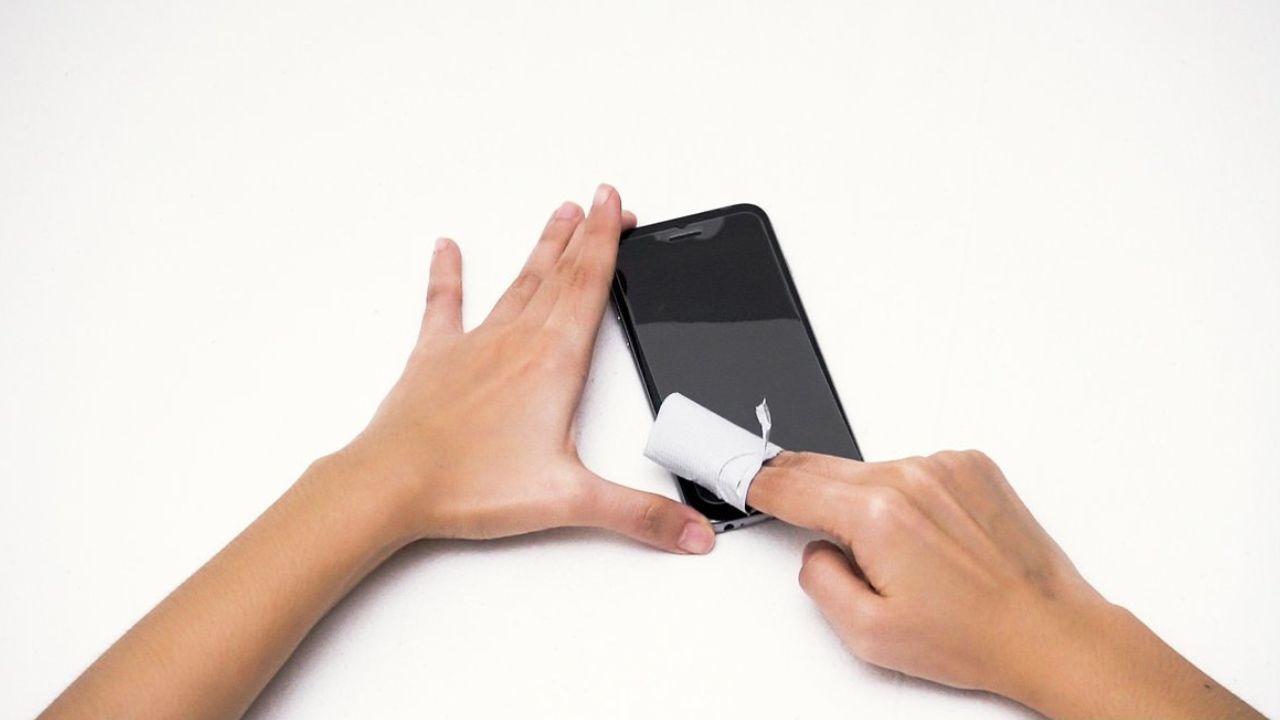
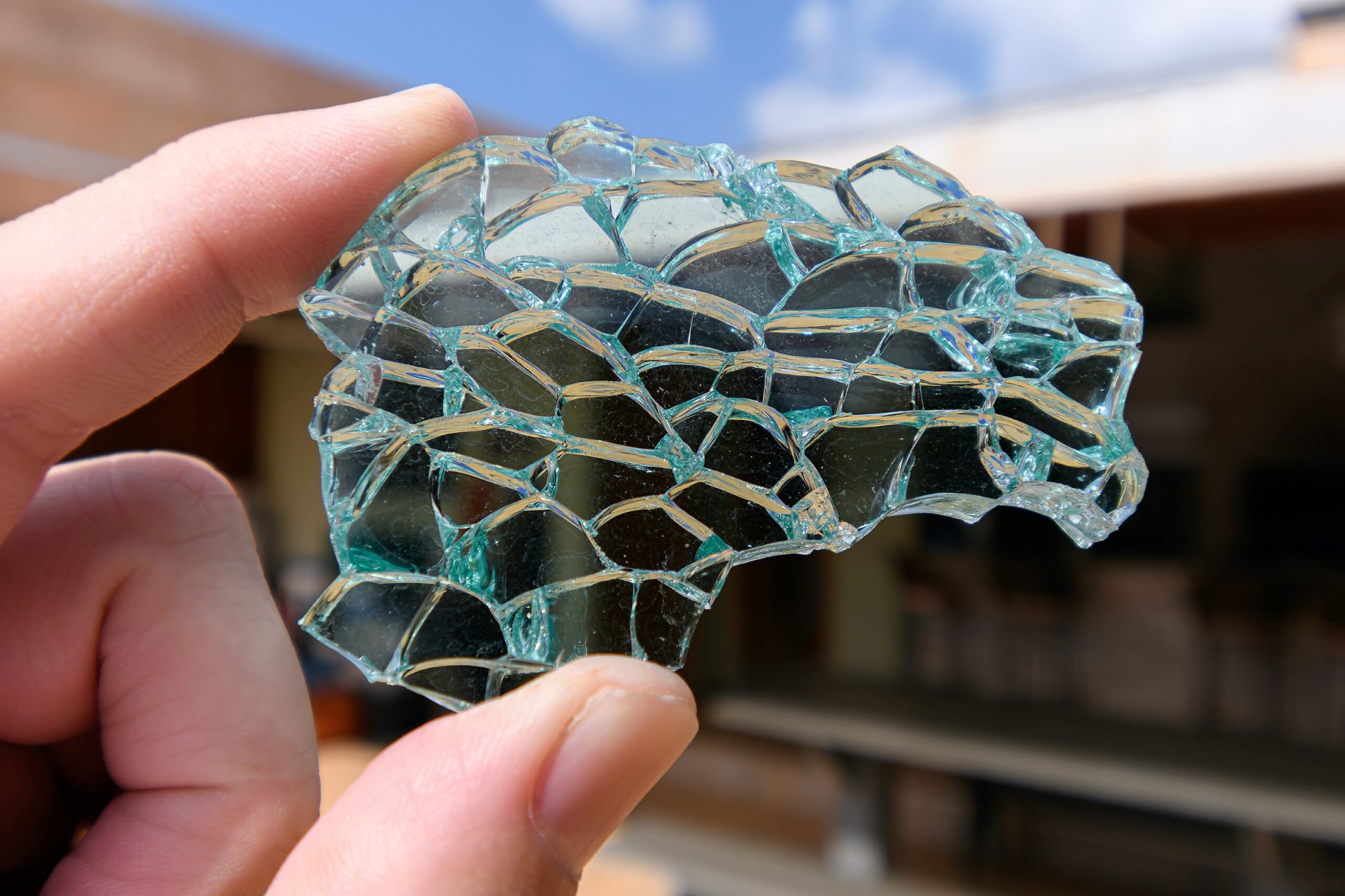
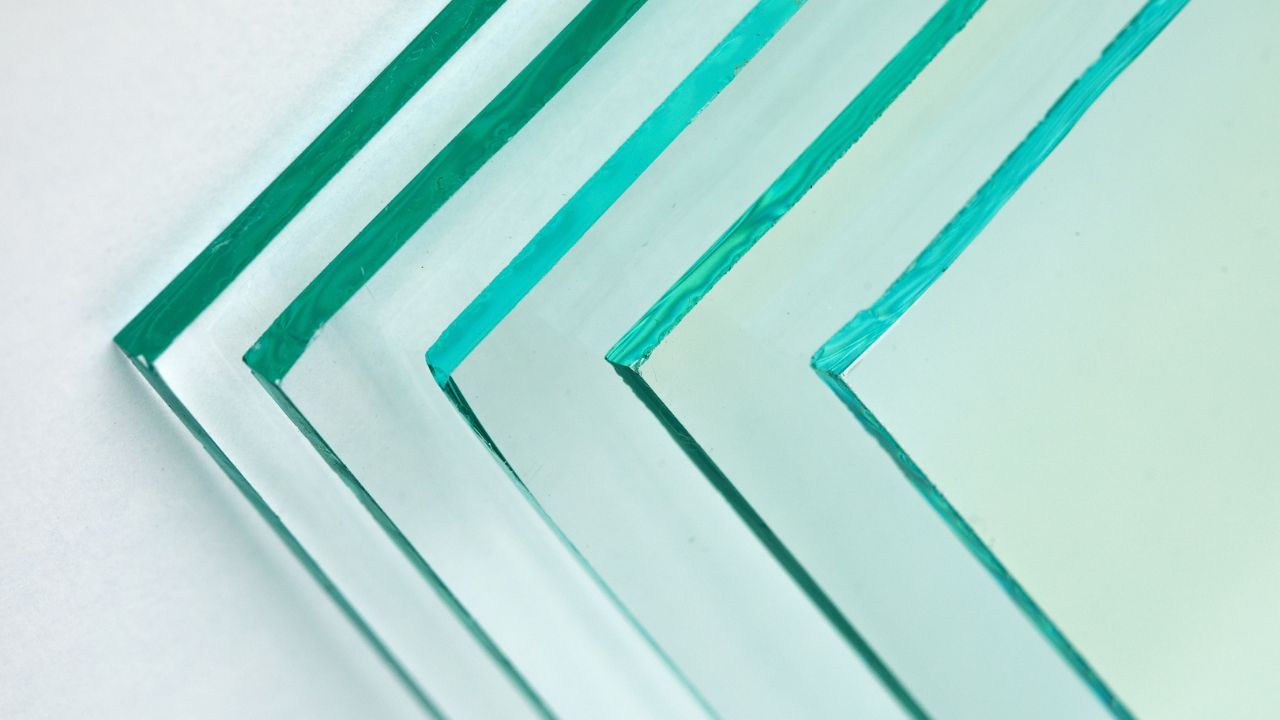
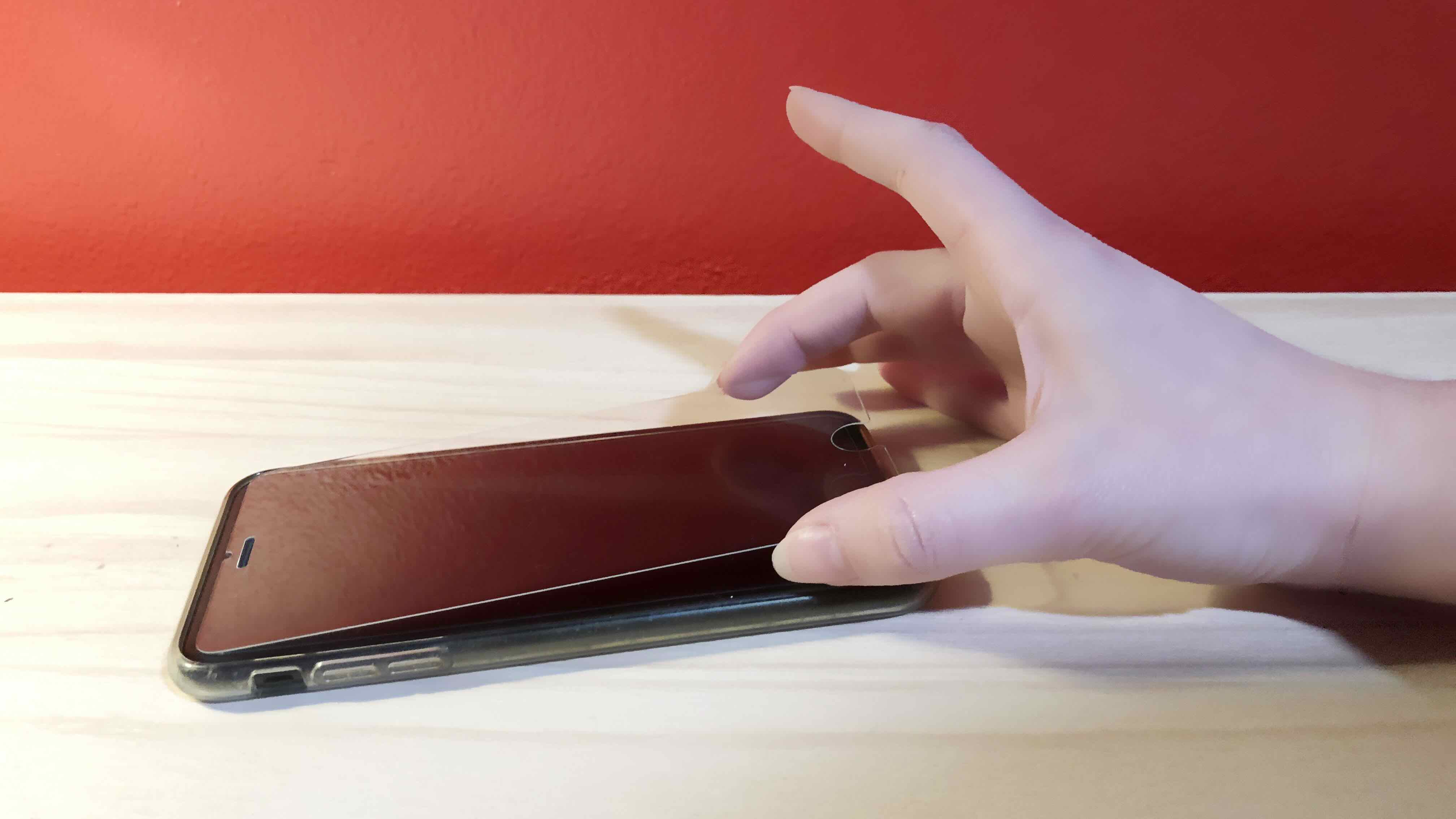
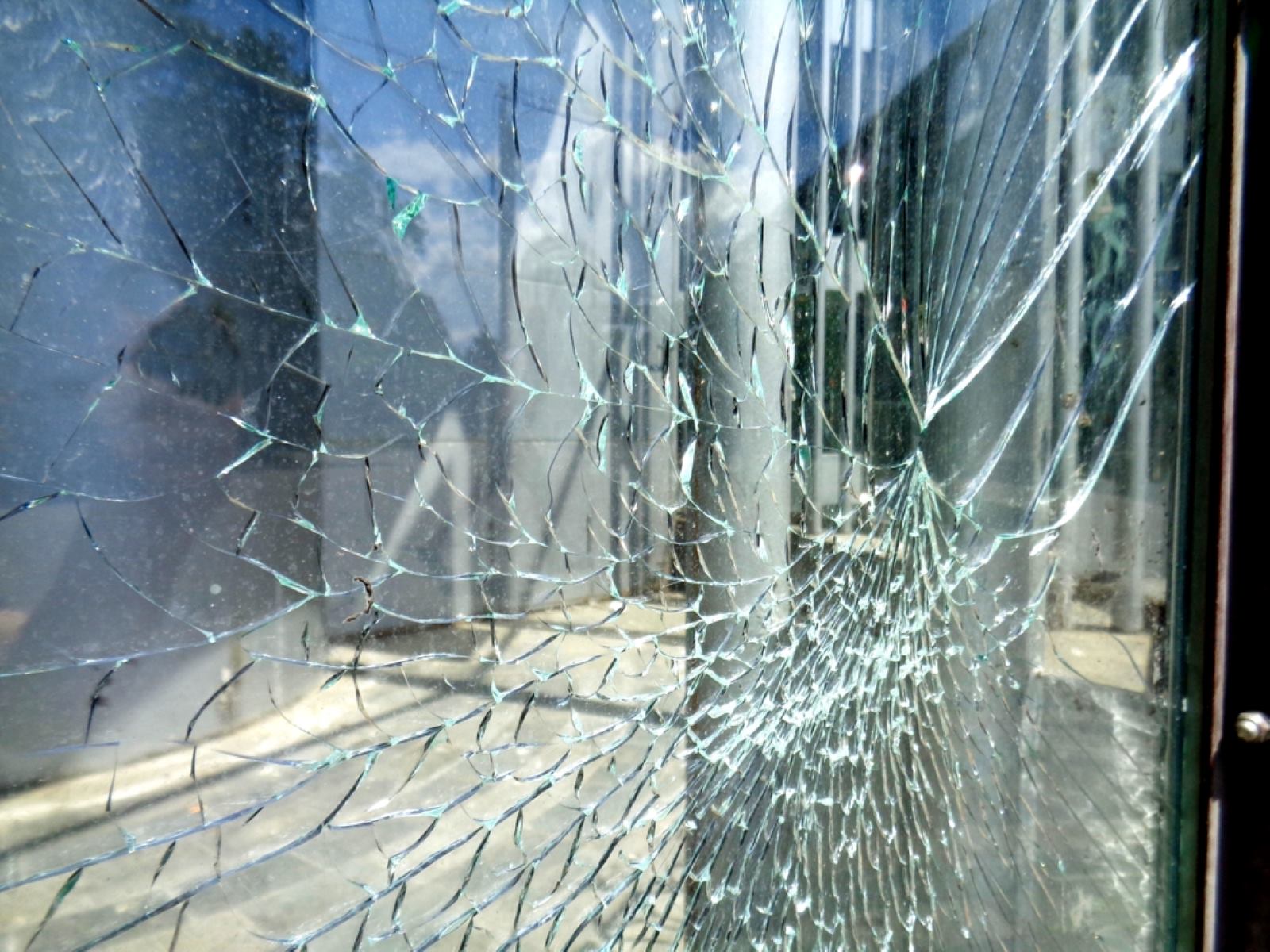

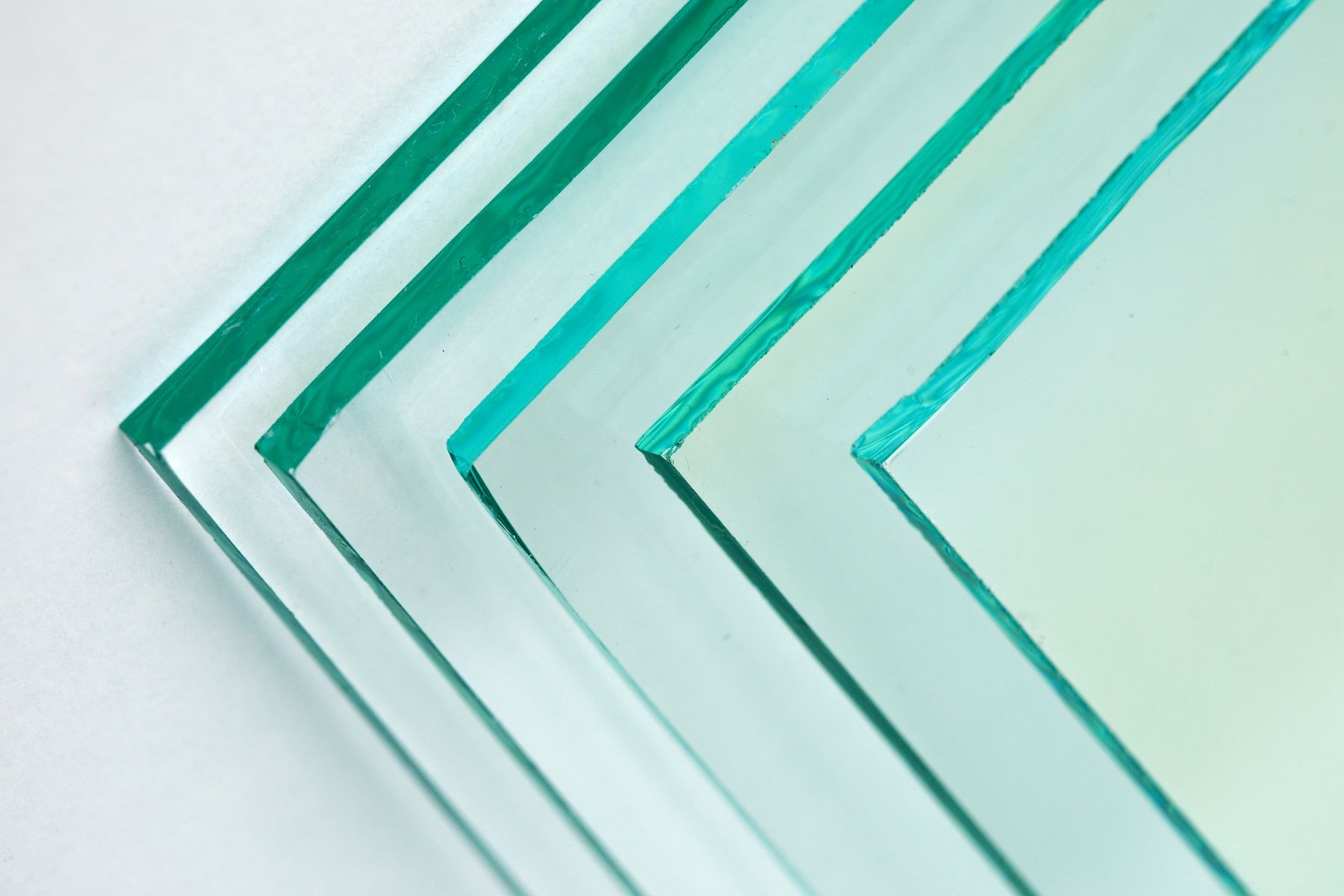

0 thoughts on “How To Clean Tempered Glass”